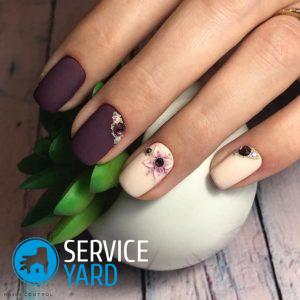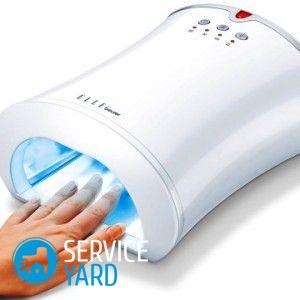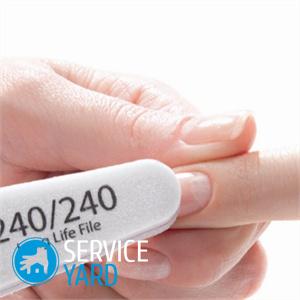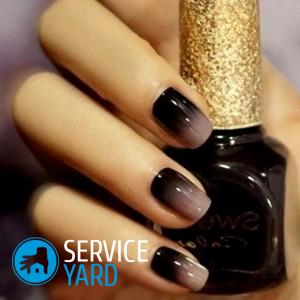The harm or benefit of nail polish and gel polish
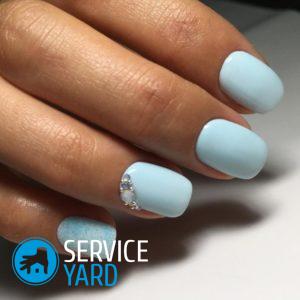
Professionally made manicure is an integral part of the image of a stylish and well-groomed man. Equally important is the careful selection of coatings for nails. The topic of today's article is the harm or benefit of varnish and gel polish. At the same time, we will consider how plausible the existing stereotypes regarding the use of shellac.
to contents ↑Classification
In the arsenal of every woman there is a large collection of varnishes. Just changing the color of the coatings for the nails is pretty boring. Cosmetics companies set about manufacturing new lines that differ not only in color, but also in properties and chemical composition. Here is a list of the most common lines:
- Transparent. It is used as a base or fixing agent for colored varnishes, although the solo also looks pretty good.
- Pearl. It features a special ebb. Of course, it looks very beautiful, but applying it to a nail plate requires a special skill.
- Express varnish. The main advantage of this option is that the polymerization takes place quickly, within 1 minute.
- With sparkles. The shape of the sparkles can be any - from the smallest particles to figures in the form of hearts or stars.
- Chameleon. When viewed from different angles, it looks very interesting.
- Temperature. This coating changes color due to temperature changes.
Important! No matter what type of varnish you choose, it will not be superfluous to understand the classic and modern trends of manicure and correlate them as a whole with your everyday or holiday image. Our review will help you with this. "Manicure Design".

One of the innovative varieties of varnishes is gel, or shellac. It is highly durable, holds on the surface of nails for up to 3 weeks. In this case, unlike most resistant varnishes, the nail plate is intact.
to contents ↑Important! After gel polish is applied, drying with a UV lamp is required, which is explained by the composition of the product. The price of such a manicure is higher than usual, but the expenditure of gel polish is less.
Is nail polish useful or harmful?
Some varnish coatings contribute not only to beauty, but also to the health of nails, thanks to the content of vitamins, nutritious oils and calcium. Both transparent and multi-colored varnishes have a healing effect.
But like any chemical substance, varnish has an adverse effect on the body. Such substances as formaldehyde, aspartame, toluene and coloring matter can provoke allergies, discoloration of nails, and increase their fragility.
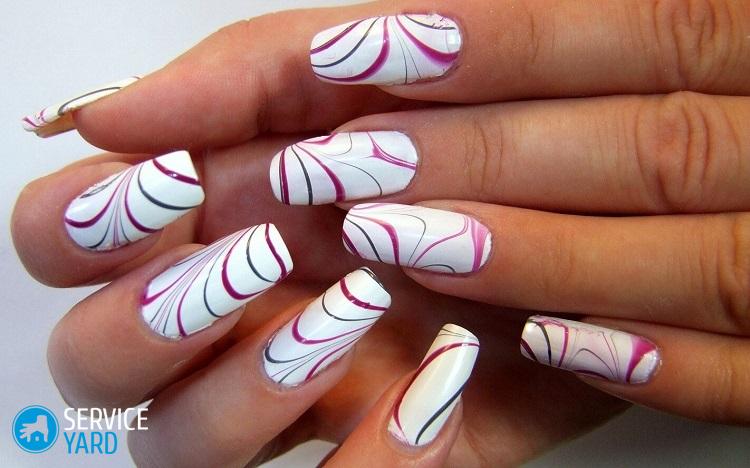
to contents ↑Important! In pregnant women, the effects of toxicosis are more pronounced. However, the statement that nail polish is harmful, can cause dangerous diseases, is groundless. Formaldehyde concentrations, even in quick-drying varieties, are clearly not enough.
Is gel polish harmful?
Gel nail polish has recently enjoyed considerable popularity. Attractive appearance and various shades made shellac extremely popular. Naturally, many ladies have questions. Will shellac harm my nails? Or does he have a beneficial effect on them?
There are stereotypes that a UV lamp, which is used to polymerize a coating, has a detrimental effect on the skin, and the varnish itself almost eats up the nail plate. Let's see if this is true.

Myth 1.UV lamp provokes skin diseases
Shellac authors are American scientists. They repeatedly tested not only the products themselves, but also ultraviolet lamps. According to research, the risk to the skin is significantly less than from a normal tan. In particular, this applies to the latest generation of LED lamps. Modern ultraviolet devices dry varnish almost instantly and do not even dry the skin. In addition, the ultraviolet range of the lamps is 375-410 nm, which is completely safe for humans.
Important! According to testing, a ten-minute exposure to the sun is equivalent to a year spent under a manicure lamp. Paradoxically, no one is afraid of tanning on the seashore. People spend hours roasting in the sun and do not think about the dubious benefits of such an activity.
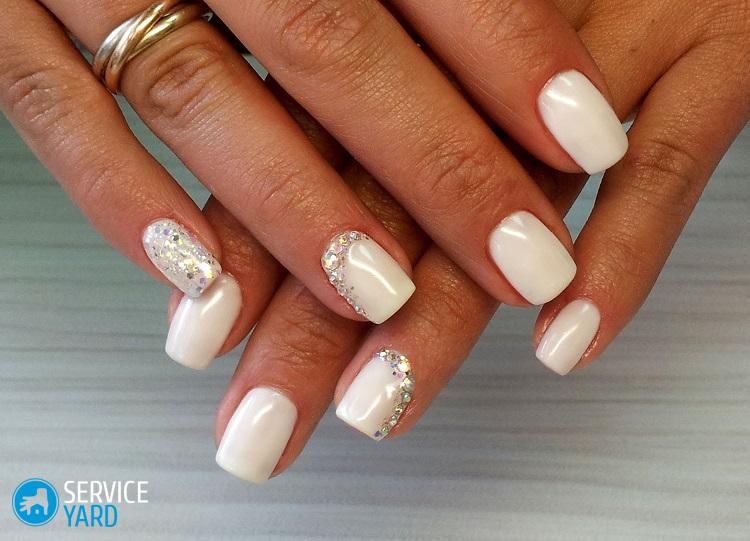
Myth 2. Shellac is an allergen.
In principle, the substances that make up shellac can cause allergies, however, such cases are very rare and are calculated in tenths of a percent. In addition, we are dealing with a variety of substances and it is unfair to say that it is gel polish that is harmful to health and caused a reaction. It can be washing powder, dishwashing liquid or new hand cosmetics.
Another thing is that allergies can occur with prolonged wearing of a manicure - 3 weeks or more. One way or another, a chemical is applied to the nail plates. Toxins that enter the body are only waiting for a favorable moment. This can be a stressful situation, impaired immunity or a common cold. In this case, the nail plate may be damaged by allergies.
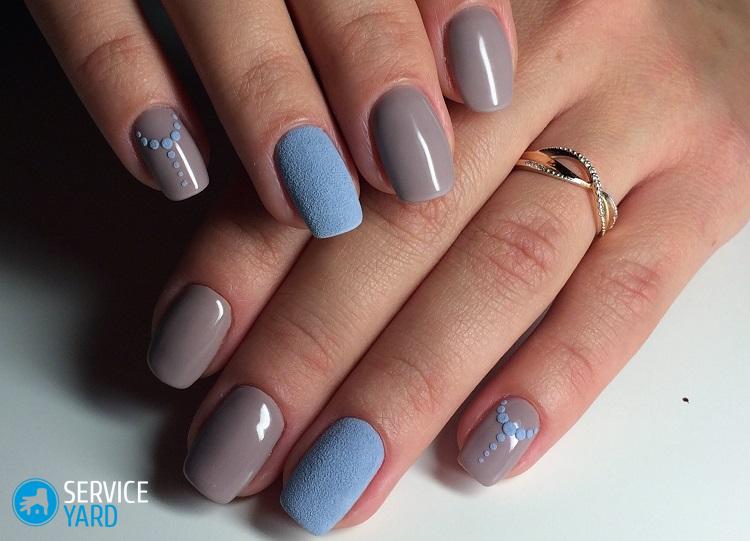
Myth 3. Shellac isolates the nail from the air.
This explains the desire of many women to take a break for a week or two after removing the varnish so that the nails do not begin to exfoliate and turn yellow. Professionals argue that this is a myth that has nothing to do with truth. The condition of the nails completely depends on how the body feels from the inside.
If the blood supply to the nail bed is normal, the nail is in good condition. As for the varnish - this is a shell that protects the nail from external damage. If the manicure is performed in strict compliance with the technology, then there is nothing to fear.
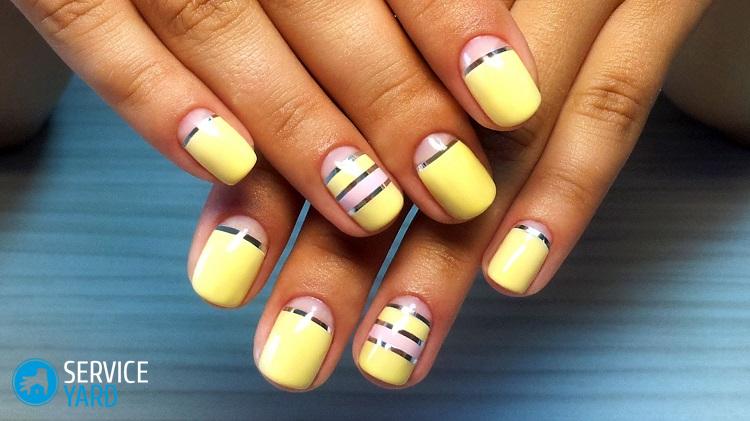
Correct application and removal of gel polish
An important point in the use of gel polish is its proper removal. This is a guarantee that during subsequent procedures the coating will lie flawlessly. In no case should you try to remove shellac yourself, since the upper part of the nail plate can be damaged. The varnish is dissolved using a special tool and removed with a spatula. Professional craftsmen use a special ceramic cutter to remove the varnish.
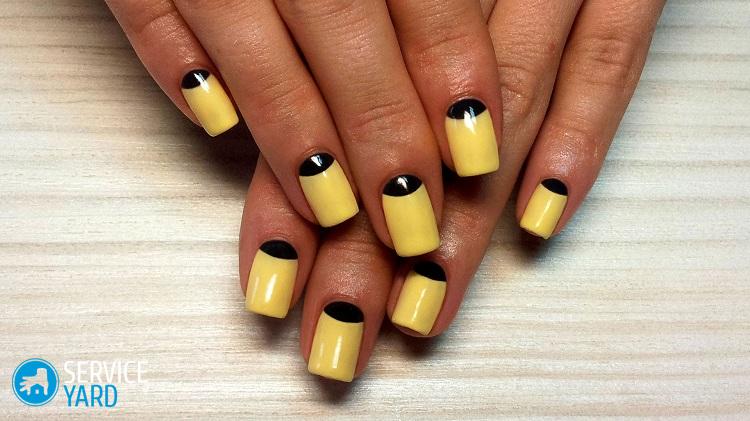
After the coating is removed, the nails are trimmed, give them the desired shape, filed and polished. Subsequent manipulations with the nail plate:
- Degreasing.
- Drawing base.
- Drawing 2 layers of color.
- Glossy or matte top coating.
Important! After the varnish coating is applied, at least 2 hours do not wet your hands and avoid contact with hot water for 1-2 days. You need to wash the dishes with gloves on.
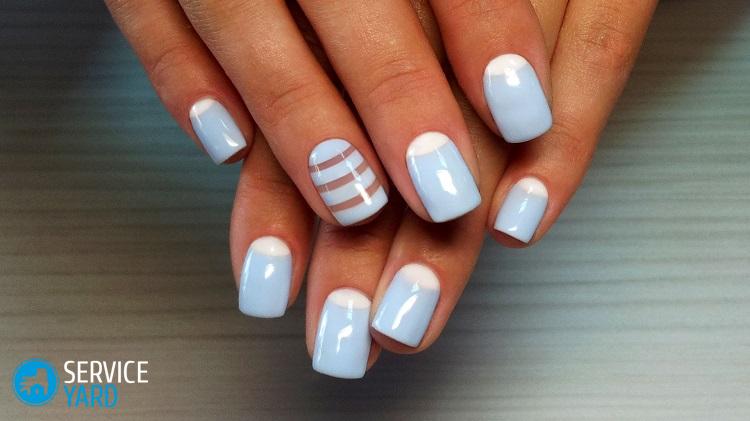
It is also important to follow the rules for wearing shellac. The maximum wearing period is 3 weeks. If you wear the coating for more than 3 weeks, it can provoke an allergic reaction.
Compliance with the rules for applying, wearing and removing shellac make this material not only attractive, but also completely safe. The harm of gel polish for nails, to put it mildly, is exaggerated.
Important! If you are thinking about saving money on the services of a master and making your pens beautiful on your own at home, pick up everything you need for this and carefully deal with the technology. To do this, follow the links to our thematic reviews:
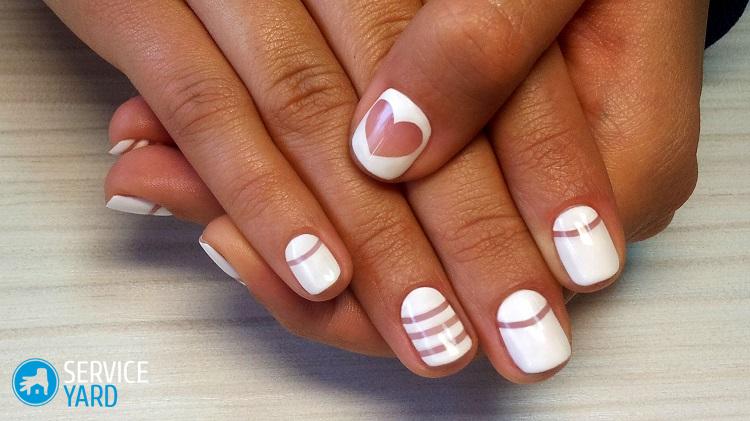
How to choose a safe varnish?
When buying, you must check the expiration date of the products. Be sure to make sure the packaging is intact. As for the price sector, it is much more advisable to choose products of famous brands. In many of them, aspartame and toluene are replaced by softer and safer substances. To find out which nail polishes are the safest, it does not hurt to get acquainted with the composition. It must be remembered that even the safest types of coatings contain dyes. For this reason, the application of the base layer cannot be neglected.
to contents ↑Stock footage
Thus, the harm and benefits of varnish and gel polish are more related to the quality of the material used and the technology of application, removal, than to the real effect on the body of manicure itself.




